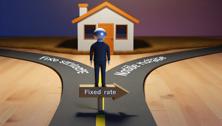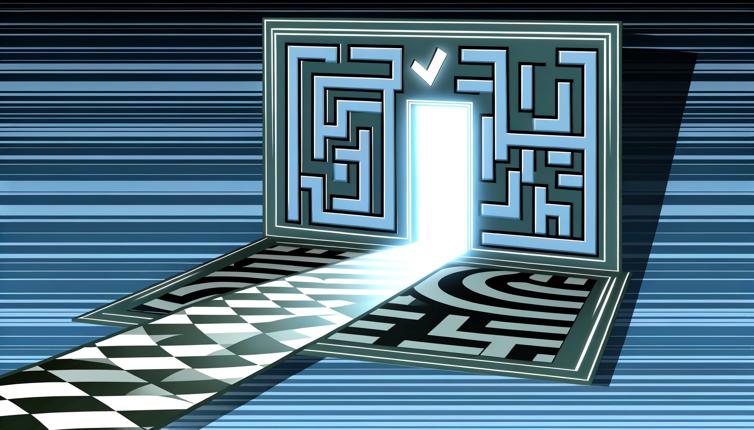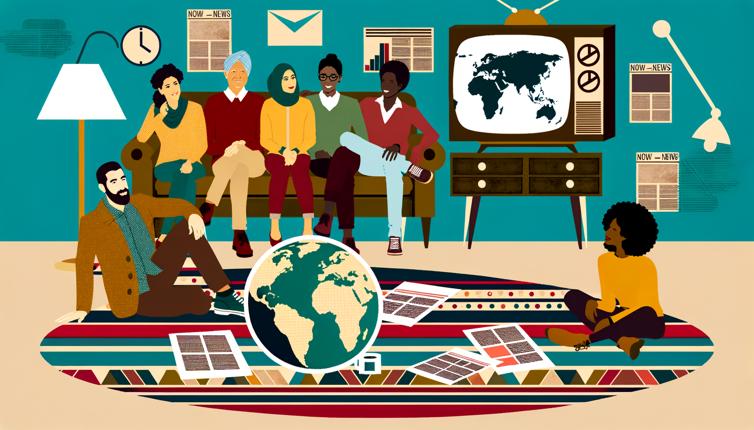The Power of Options
Having multiple options can be both empowering and overwhelming. On one hand, it gives us the freedom to choose what aligns with our values and preferences. On the other hand, the abundance of choices can lead to decision fatigue and anxiety. Understanding how our brains process options can help us make more informed decisions.,Research has shown that when faced with too many choices, we tend to experience decision paralysis. This occurs when we become overwhelmed by the abundance of options and struggle to make a decision. By narrowing down our choices and focusing on what truly matters to us, we can alleviate decision paralysis and make choices that align with our goals.
The Influence of Emotions
Emotions play a significant role in the decision-making process. Our emotional state and past experiences shape our preferences and guide our choices. For example, if we are in a positive mood, we may be more inclined to take risks and pursue new opportunities. On the other hand, negative emotions can lead us to make more conservative choices and stick to what is familiar.,Additionally, our past experiences and memories can impact our decision-making. We often rely on heuristics, mental shortcuts based on past experiences, to make decisions quickly. While heuristics can be helpful in certain situations, they can also lead to biases and irrational decision-making. Being aware of these biases can help us make more rational choices.
Social Influence and Decision-Making
Humans are social beings, and the opinions and actions of others can greatly influence our decisions. We often look to others for guidance, especially in situations where we are uncertain or unfamiliar. This social influence can impact our choices in both positive and negative ways.,For example, the concept of social proof suggests that people are more likely to follow the actions of others in ambiguous situations. This can lead to conformity and the adoption of popular choices, even if they may not align with our personal preferences. Understanding the power of social influence can help us make independent and authentic choices.
Conclusion
In conclusion, the psychology of choice is a complex and fascinating field. Our decisions are influenced by various factors, including the power of options, our emotions, and social influence. By understanding these factors and being mindful of our decision-making processes, we can make choices that are more aligned with our values and goals. So next time you find yourself faced with a decision, take a moment to reflect on the underlying psychology and make a choice that is true to yourself.









